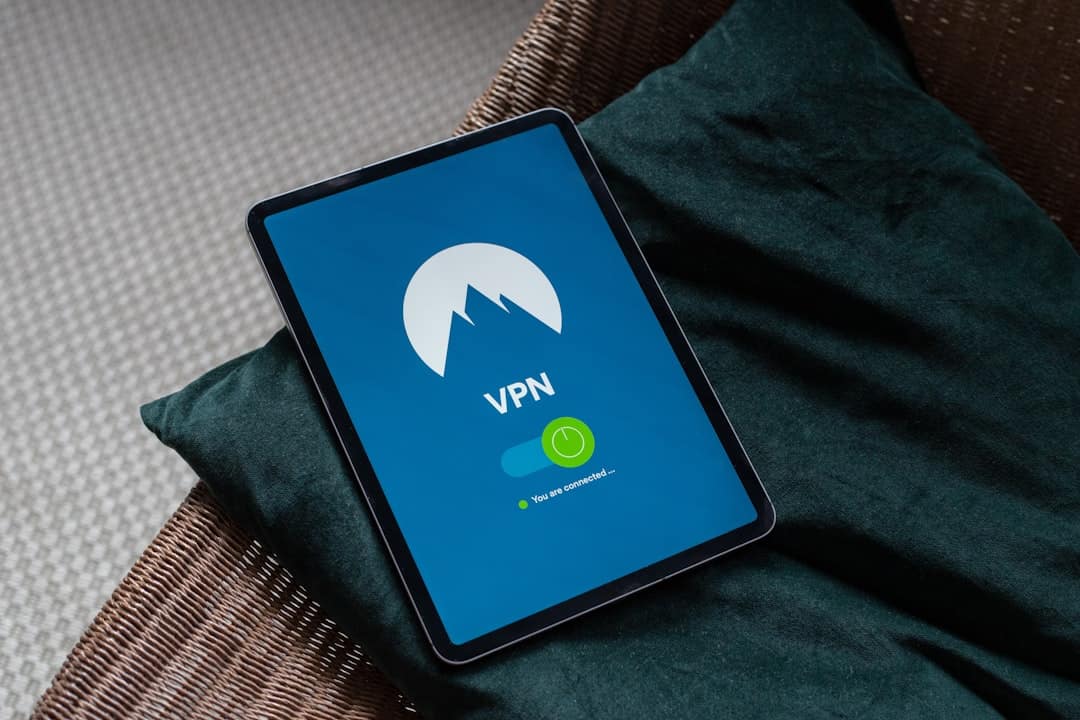Zero-day exploit attacks target previously unknown vulnerabilities in software or systems. These vulnerabilities are termed “zero-day” because the software developer or vendor has had zero days to address the issue before it is exploited. This lack of preparation time makes zero-day attacks particularly dangerous, as they can be used to gain unauthorized access, steal sensitive data, or disrupt critical infrastructure without warning.
Cybercriminals often employ zero-day exploits for targeted attacks against high-value targets, including government agencies, financial institutions, and large corporations. These attacks are typically sophisticated and challenging to detect, posing a significant cybersecurity threat. Zero-day exploits can be delivered through various vectors, such as malicious email attachments, compromised websites, or physical access to a network.
Once executed, a zero-day exploit can potentially grant an attacker full control over the targeted system, enabling them to conduct malicious activities undetected. The severity of these attacks underscores the importance of robust cybersecurity measures and rapid response capabilities in organizations of all sizes.
Key Takeaways
- Zero day exploit attacks target previously unknown vulnerabilities in software
- Zero day exploit attacks can have severe consequences for individuals, organizations, and even national security
- Vulnerable systems and software are often targeted by zero day exploit attacks, making it crucial to stay updated and secure
- Cybersecurity plays a critical role in mitigating zero day exploit attacks through proactive measures and response strategies
- Detecting and responding to zero day exploit attacks requires a combination of advanced threat detection tools and incident response protocols
The Impact of Zero Day Exploit Attacks
Financial and Reputational Damage
When a zero day exploit is successfully used to breach a system, it can lead to the theft of sensitive information such as personal data, financial records, or intellectual property. This can result in financial losses, reputational damage, and legal consequences for the affected parties.
Disruption of Critical Infrastructure
In some cases, zero day exploits have been used to disrupt critical infrastructure such as power grids, transportation systems, and healthcare facilities, leading to widespread chaos and potential loss of life.
Risks to National Security and Government Agencies
Government agencies and national security organizations are at risk of espionage and sabotage from zero day exploit attacks, which can compromise sensitive information and undermine national security.
Vulnerable Systems and Software

Zero day exploit attacks often target vulnerable systems and software that have not been updated with the latest security patches. This can include operating systems, web browsers, plugins, and other software that are commonly used by individuals and businesses. Vulnerabilities in these systems and software can be exploited by cybercriminals to gain unauthorized access, execute malicious code, or steal sensitive information.
One common source of vulnerability is outdated software that has not been patched with the latest security updates. Many users and organizations fail to regularly update their software, leaving them exposed to known vulnerabilities that can be exploited by zero day attacks. In addition, legacy systems and unsupported software are particularly vulnerable to zero day exploits, as they may not receive security updates from the vendor.
The Role of Cybersecurity in Mitigating Zero Day Exploit Attacks
| Metrics | Data |
|---|---|
| Number of Zero Day Exploits | Increasing over time |
| Cost of Zero Day Exploit Attacks | Billions of dollars annually |
| Percentage of Organizations with Cybersecurity Measures | Varies by industry, but generally increasing |
| Effectiveness of Cybersecurity Measures | Varies, but generally improving |
| Number of Vulnerabilities Patched | Increasing, but still a significant backlog |
Cybersecurity plays a critical role in mitigating zero day exploit attacks by implementing proactive measures to prevent, detect, and respond to these threats. This includes implementing strong access controls, network segmentation, and intrusion detection systems to limit the impact of zero day exploits. Additionally, organizations can use advanced threat intelligence and behavior analytics to identify potential zero day exploit activity and take action to mitigate the risk.
Furthermore, cybersecurity professionals can conduct regular vulnerability assessments and penetration testing to identify potential weaknesses in systems and software before they can be exploited by zero day attacks. By staying ahead of potential vulnerabilities, organizations can reduce the risk of falling victim to zero day exploit attacks.
Strategies for Detecting and Responding to Zero Day Exploit Attacks
Detecting and responding to zero day exploit attacks requires a multi-layered approach that includes advanced threat detection tools, incident response plans, and employee training. Organizations can use advanced endpoint protection solutions that leverage machine learning and behavioral analysis to detect anomalous activity that may indicate a zero day exploit attack. Additionally, network monitoring and log analysis can help identify unusual patterns or traffic that may be indicative of a zero day exploit.
In the event of a zero day exploit attack, organizations should have a well-defined incident response plan in place to contain the attack, mitigate the impact, and restore normal operations as quickly as possible. This may include isolating affected systems, conducting forensic analysis, and implementing security patches or workarounds to address the vulnerability.
The Importance of Regular Software Updates and Patch Management

Regular software updates and patch management are crucial for protecting against zero-day exploit attacks. Software vendors regularly release security patches to address known vulnerabilities and protect users from potential exploits. By keeping software up to date with the latest patches, organizations can reduce their exposure to zero-day exploits and other cyber threats.
Understanding Patch Management
Patch management involves identifying, testing, and deploying security patches across an organization’s systems and software. This requires a proactive approach to monitoring vendor announcements, prioritizing critical patches, and testing patches in a controlled environment before deployment.
Proactive Measures
Additionally, organizations should have a process in place for quickly deploying emergency patches in response to zero-day exploit attacks. This proactive approach can help minimize the risk of a successful attack and reduce the potential impact of a breach.
Best Practices
To ensure effective patch management, organizations should prioritize patching critical systems and software, and establish a regular patching schedule to stay ahead of potential threats. By following these best practices, organizations can significantly reduce their risk of falling victim to a zero-day exploit attack.
The Future of Zero Day Exploit Attacks and Cybersecurity Measures
As technology continues to advance, the threat of zero day exploit attacks is likely to increase as cybercriminals find new ways to exploit vulnerabilities in emerging technologies. This makes it essential for organizations to stay ahead of potential threats by investing in advanced cybersecurity measures such as threat intelligence, behavioral analytics, and proactive patch management. In addition, collaboration between industry stakeholders, government agencies, and cybersecurity professionals will be crucial for sharing threat intelligence and best practices for mitigating zero day exploit attacks.
By working together to identify and address potential vulnerabilities, organizations can better protect themselves from the growing threat of zero day exploits. In conclusion, zero day exploit attacks pose a significant threat to individuals, businesses, and national security organizations due to their ability to target unknown vulnerabilities in software and systems. By understanding the nature of these attacks, implementing strong cybersecurity measures, and staying proactive with patch management, organizations can reduce their risk of falling victim to zero day exploits.
As technology continues to evolve, it will be essential for organizations to stay ahead of potential threats by investing in advanced cybersecurity measures and collaborating with industry stakeholders to address emerging vulnerabilities.
FAQs
What is a zero day exploit attack?
A zero day exploit attack is a cyber attack that takes advantage of a previously unknown vulnerability in a computer application or system. These vulnerabilities are called “zero day” because the developers have had zero days to address and fix the issue.
How does a zero day exploit attack work?
In a zero day exploit attack, the attacker uses the previously unknown vulnerability to gain unauthorized access to a system, steal data, or cause other forms of damage. The attack can be carried out through various means, such as phishing emails, malicious websites, or infected files.
What makes zero day exploit attacks dangerous?
Zero day exploit attacks are particularly dangerous because they can occur without warning and before developers have had a chance to create and distribute a patch to fix the vulnerability. This means that systems are vulnerable to attack until a patch is developed and deployed.
How can organizations protect themselves from zero day exploit attacks?
To protect against zero day exploit attacks, organizations should regularly update their software and systems with the latest security patches. Additionally, implementing strong security measures such as firewalls, intrusion detection systems, and employee training on recognizing phishing attempts can help mitigate the risk of zero day exploits.











Leave a Reply